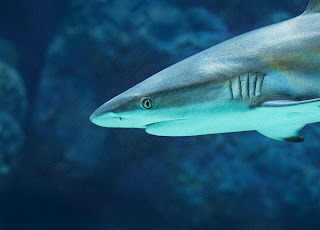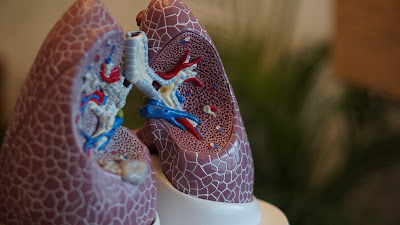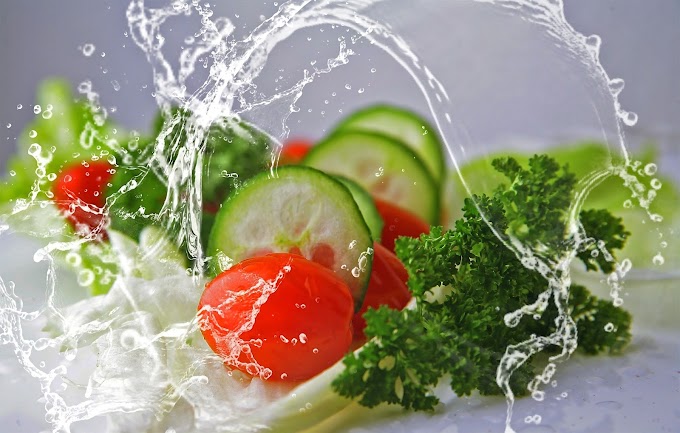Understanding the Respiratory System in Animals: A Comprehensive Guide
Introduction
The respiratory system is a vital component of the anatomical makeup of animals, playing a crucial role in their survival and overall well-being. It is the mechanism through which animals exchange gases, primarily oxygen and carbon dioxide, with the external environment. In this comprehensive guide, we will delve into the fascinating world of the respiratory system in animals, exploring its various adaptations and intricacies across different species.
1. The Basics of Respiration
Respiration is the process by which animals obtain oxygen from the air and release carbon dioxide into the environment. This exchange of gases is essential for the production of energy through cellular respiration, which fuels various metabolic processes within the body. The primary components of the respiratory system in animals include the airways, lungs (or respiratory organs), and the circulatory system, which transports gases to and from body tissues.
 |
2. Different types of Respiratory Systems
Animals have developed a variety of respiratory systems, each tailored to their specific needs and environmental conditions. The most common types are discussed below;
2.1. Gills
Gills are the primary respiratory organs in many aquatic animals, such as fish and some amphibians. They consist of thin, flat structures that are rich in blood vessels and are exposed to water. As water flows over the gills, oxygen diffuses from the water into the bloodstream, while carbon dioxide exits the body.
 |
| Shark gill slits |
2.2. Lungs
Lungs are the predominant respiratory organs in terrestrial animals, including mammals, reptiles, and birds. They are highly adapted for breathing air and consist of a network of tiny air sacs where gas exchange takes place. Lungs are typically protected within the chest or body cavity, providing a controlled environment for respiration.
 |
| The Respiratory System in Humans- Lungs |
2.3. Tracheal Systems
Insects, arachnids, and some terrestrial arthropods have a unique respiratory system called tracheal tubes or tracheae. These are a series of branching tubes that deliver air directly to body tissues, enabling efficient gas exchange. Oxygen diffuses directly into cells through these tubes, eliminating the need for a circulatory system to transport gases.
3. Adaptations for an Efficient Respiration
Animals have evolved a range of adaptations to optimize their respiratory systems, allowing them to thrive in diverse habitats. Some notable adaptations include:
3.1. Specialized Gills
Fish like the betta and archerfish have evolved specialized gills that enable them to extract oxygen from air when submerged in water. These adaptations allow them to survive in environments with low oxygen levels.
3.2. Air Sacs in Birds
Birds have air sacs connected to their lungs, which create a unidirectional airflow. This efficient system allows for a continuous flow of fresh air through the lungs, ensuring maximum oxygen exchange.
3.3. Countercurrent Exchange
Marine mammals like dolphins and whales employ a countercurrent exchange system in their flippers and tails. This system helps them conserve heat and oxygen by efficiently distributing blood and gases.
3.4. Tracheal Spiracles in Insects
Insects have tiny openings called spiracles along their bodies that connect to their tracheal tubes. These spiracles can open and close, regulating the flow of air and preventing water loss in arid environments.
4. Challenges in Respiratory Systems
While the respiratory systems of animals are remarkable in their adaptability, they also face challenges in various environments. Some of these challenges include:
4.1. Hypoxia in High Altitudes
Animals living at high altitudes, such as mountain goats and snow leopards, must cope with lower oxygen levels. They have developed adaptations like larger lungs and increased red blood cell production to thrive in these conditions.
4.2. Water Conservation in Arid Environments
Desert-dwelling animals like camels and kangaroo rats have evolved efficient respiratory systems that minimize water loss. They breathe less frequently and produce concentrated urine to conserve precious water resources.
4.3. Respiratory Diseases
Animals, like humans, are susceptible to respiratory diseases. Conditions like pneumonia and asthma can impact the health and survival of animals in the wild and in captivity.
5. The Role of Respiration in Animal Behavior
The respiratory system in animals is closely tied to their behavior and ecological roles. For instance:
5.1. Predator-Prey Interactions
Predators often have larger and more efficient respiratory systems than their prey. This allows them to chase down and capture their quarry during high-intensity activities.
5.2. Migration
Many animals, including birds and marine species like whales, undertake long migrations. Their respiratory systems must adapt to the demands of these journeys, which may involve extended periods of continuous flight or underwater diving.
5.3. Hibernation and Torpor
Some animals, like bears and bats, enter states of hibernation or torpor during harsh environmental conditions. Their respiratory rates decrease significantly during these periods to conserve energy.
6. Human Impact on Animal Respiration
Human activities, such as deforestation, pollution, and climate change, have significant implications for animal respiratory systems. Air pollution can lead to respiratory diseases in wildlife, while habitat destruction threatens the availability of oxygen-rich environments.
7. Conclusion
The respiratory system is a fundamental aspect of animal biology, shaping their evolution, behavior, and ability to thrive in diverse environments. From the gills of fish to the tracheal tubes of insects, nature has devised an array of ingenious solutions to the challenge of respiration. Understanding these adaptations not only deepens our appreciation of the animal kingdom but also highlights the importance of preserving their habitats to ensure the continued survival of these remarkable creatures. As stewards of the planet, it is our responsibility to safeguard the respiratory well-being of animals and the ecosystems they inhabit.








If you have any doubt, let me know.